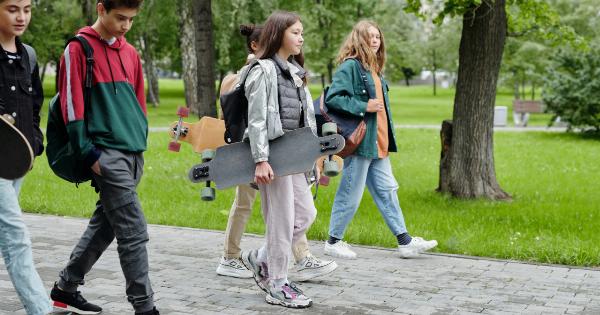Leaving behind 6.3% of disability and special needs students is a pressing issue that needs urgent attention. Inclusive education should be a fundamental right for all students, regardless of their abilities.
Unfortunately, many educational systems continue to fail these students, further marginalizing them and hindering their chances of success in life. This article explores the importance of addressing the needs of disability and special needs students and provides recommendations for a more inclusive education system.
The Current State of Inclusive Education
Despite progress in recent years, there is still a significant gap in providing inclusive education for students with disabilities and special needs.
According to recent statistics, around 6.3% of students fall into this category, and many are still being left behind.
The Impact of Exclusion
The exclusion of disability and special needs students from mainstream education has a lasting impact on their overall well-being and future prospects.
These students face numerous challenges, including limited access to quality education, social isolation, and a lack of opportunities to develop crucial life skills.
The Importance of Inclusive Education
Implementing inclusive education policies is essential not only for the well-being of disability and special needs students but also for society as a whole.
Inclusive education fosters empathy, understanding, and respect, creating a more inclusive and tolerant society. Furthermore, it equips all students with the necessary skills and knowledge to succeed in a diverse world.
Barriers to Inclusive Education
There are several barriers that hinder the progress of inclusive education for disability and special needs students.
Lack of funding, inadequate teacher training, inaccessible infrastructure, and negative attitudes towards disabilities are just a few examples. These barriers must be addressed and overcome to ensure a more inclusive educational system.
Best Practices for Inclusive Education
To improve inclusive education, several best practices should be implemented:.
1. Inclusive Curriculum
The curriculum should be designed to cater to the diverse needs of all students. It should include various teaching strategies, resources, and materials that can be adapted to accommodate different learning styles and abilities.
2. Teacher Training
Teachers should receive comprehensive training on inclusive education and strategies to support students with disabilities and special needs.
This includes understanding individual learning needs, utilizing assistive technology, and creating an inclusive classroom environment.
3. Accessible Infrastructure
Schools must ensure that their infrastructure is fully accessible to all students, including those with physical disabilities. This includes ramps, elevators, accessible washrooms, and other necessary facilities.
4. Support Services
Additional support services, such as speech therapy, occupational therapy, and counseling, should be readily available to students with disabilities and special needs.
These services can significantly enhance their learning experience and overall development.
5. Collaboration and Partnerships
Collaboration between schools, parents, and community organizations is essential for creating a truly inclusive education system. By working together, stakeholders can share resources, knowledge, and experiences, ultimately benefiting the students.
6. Promoting Awareness
Creating awareness about the rights and needs of disability and special needs students is crucial for fostering a culture of inclusivity. This can be achieved through workshops, awareness campaigns, and community engagement programs.
Conclusion
Leaving behind 6.3% of disability and special needs students is an injustice that must be addressed urgently. Inclusive education should be a top priority for educational systems worldwide.
By implementing best practices, removing barriers, and promoting awareness, we can create a more inclusive educational environment where all students have equal opportunities to thrive and succeed.




























